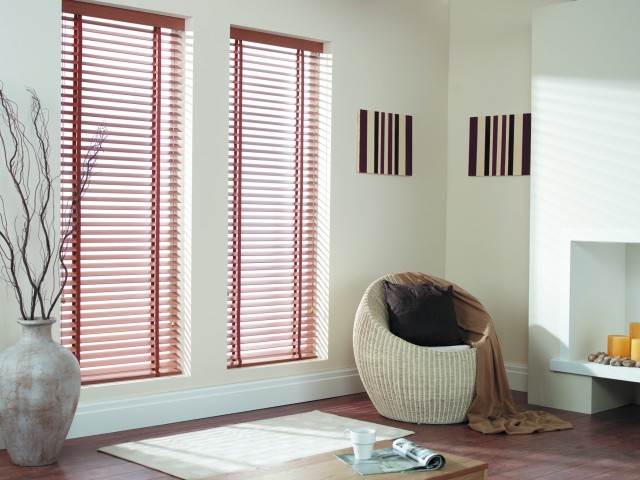How Do Window Coverings Save Energy?
Saving energy has been a supreme household ideal ever since utility companies starting charging people for electricity. It’s one of those ideals that’ll never fade and may even get revived with new vigour for each new generation. Think back to the time when you were growing up and how your parents would constantly harp on you to turn off the lights or T.V. when you’re not using them. You probably got irritated every time they did that because they’re obviously nagging for no other reason than to be annoying, right? But then you grew up, started dealing with bills, and realised that every electricity use amounts to a higher bill at the end of the month. That’s when you truly understood the wisdom behind your parents’ nagging and why you must start enforcing the same rule with your own kids – perhaps even more fanatically than your parents!
The takeaway lesson we learn the moment we become adults is that saving energy at home means saving money at bill payment time. That feeling of accomplishment is made even sweeter when we learn that it also helps in saving the environment. In addition to the many energy conservation tips you can follow, you can also use window coverings to save energy.
Here’s how different window coverings help you do that:
Roller Shades
When roller shades are mounted properly with both sides hugging the window frame as closely as possible, it creates a sealed pocket of air insulation. So when you lower the shades over windows on the sunny side of the house during summer, it reduces the rise of heat inside the house and you’ll less likely turn on the air conditioner. In the winter, you’d raise the shades on the south-side windows during the day to let the sunshine in to naturally heat up the house; at night, you’d lower the shades to preserve the heat in the house the heater doesn’t have to work as hard in at least the first part of the evening. This works especially well when your shades are designed with a light and dark side so that warmth is always reflected off the light side (i.e. turn the light side towards the window in the summer and then flip it around to face the inside of your house in the winter).
Cellular Blinds
Cellular blinds take that same air insulation pocket concept of roller shades and takes it one step further by trapping even more air within the shade material itself. Cellular blinds have honeycomb-shaped cells that are built in to act as a whole network of mini air barriers.
Solar Shades and Mesh Screens
The issue you sometimes run into with solid roller shades is that you end up blocking out natural light when you’ve lowered the shades to keep the house cool. The semi-translucency of solar shades or mesh screens though allow you to see the outside world while diffusing the solar heat that comes through.
Roller Blinds
Roller blinds strike the best balance between letting in light and reflecting warmth. Although the adjustable slats of blinds make it harder to create an air insulation pocket, you can compensate with highly reflective blinds to better reflect heat in the summer; that way, you can still have all the sunlight you want and not get the full blast of heat that comes with it.
Motorized Blinds
Motorized blinds maximize the efficient timing of open or closed shades throughout the day. You can easily connect the motors to a timed remote control or app and schedule the blinds to open in the winter daytime and to close in the winter evening, for instance.
Of course, these window covering options won’t make much of a difference if they’re your only energy conservation strategy at home. They do help though and when even a slight uptick in your electricity means the same thing for your monthly bill, every little help counts.

